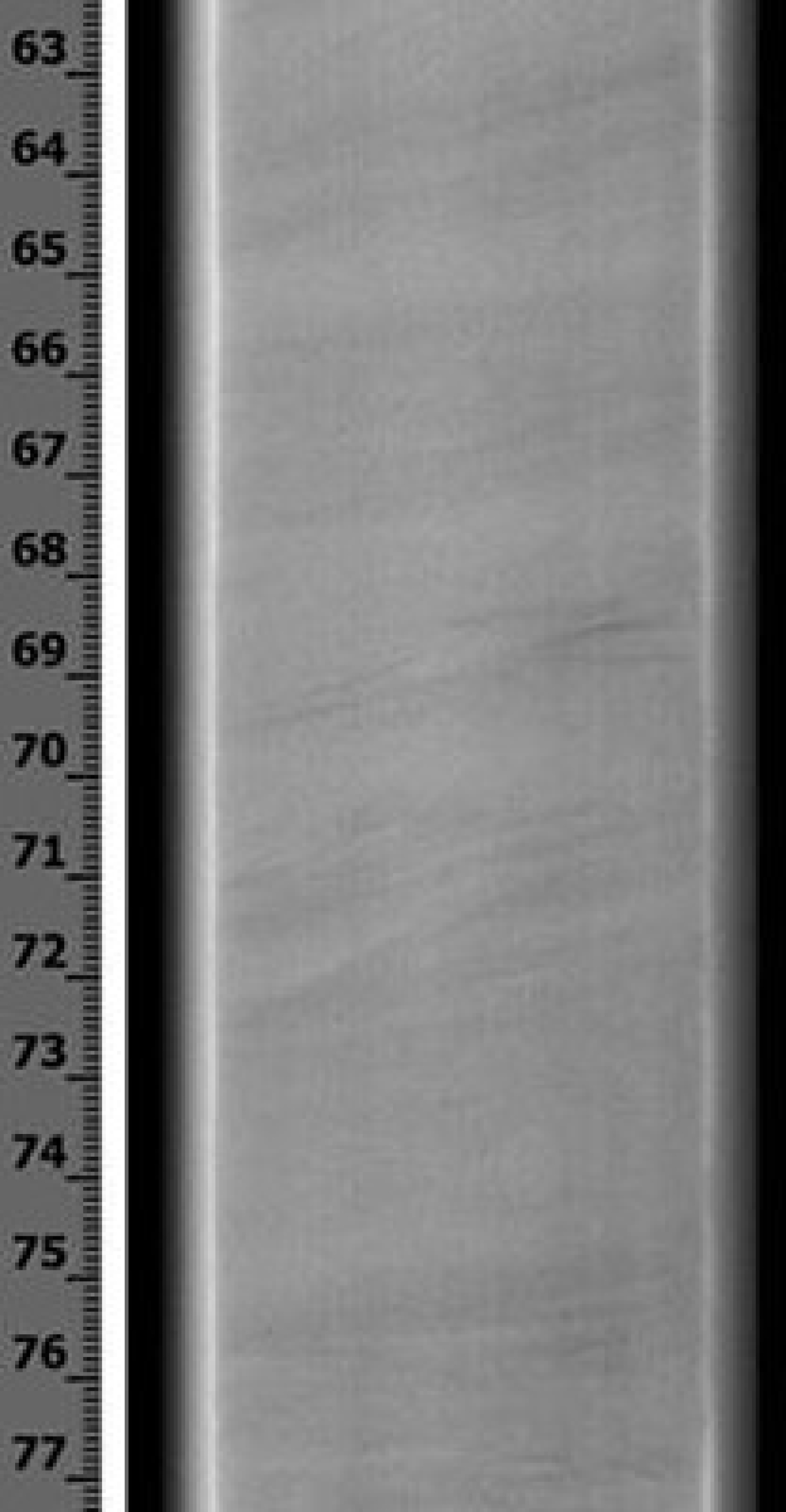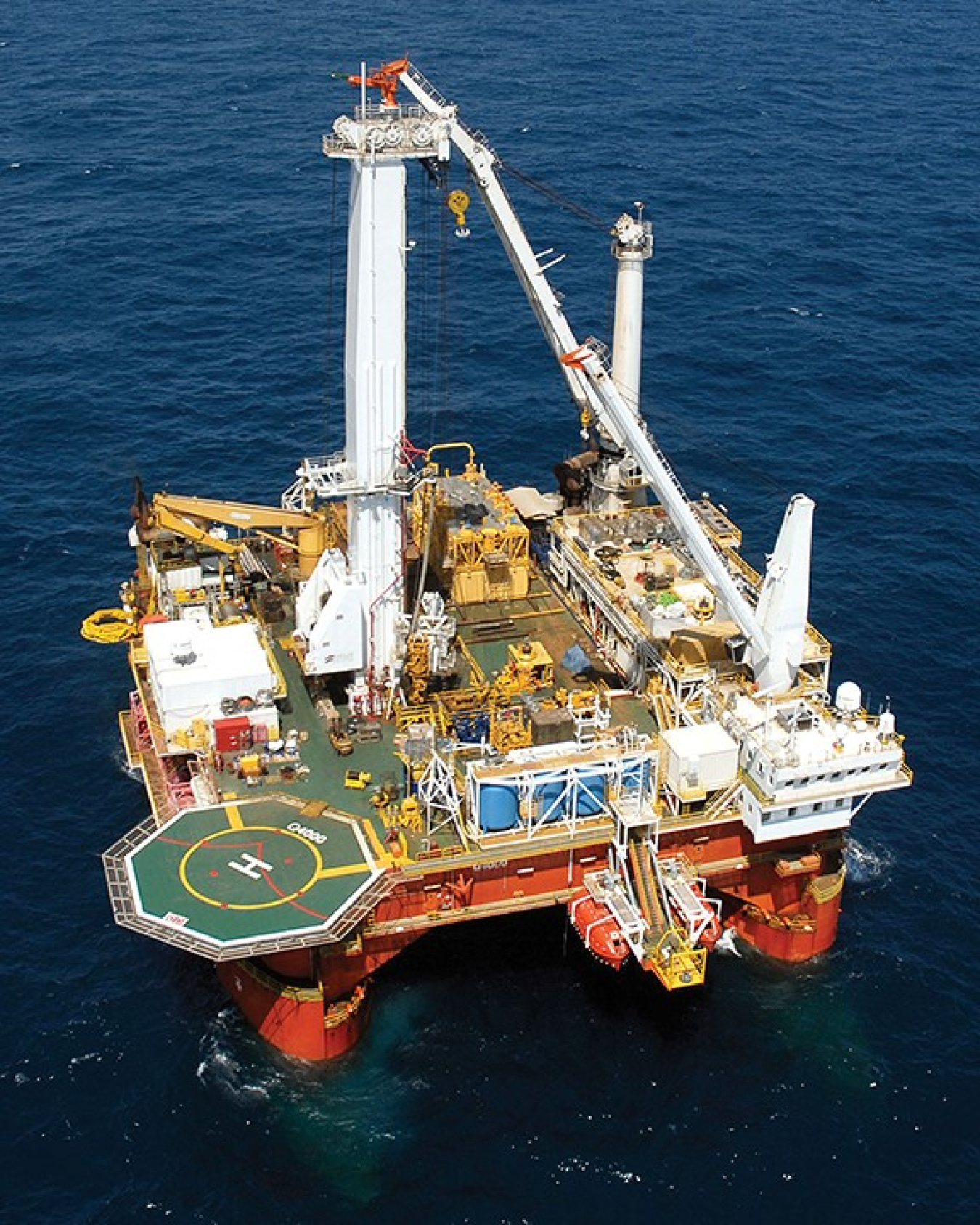
by Rob Smith, Acting Deputy Assistant Secretary for Oil & Natural Gas
A U.S. Department of Energy (DOE)-sponsored research team led by the University of Texas at Austin (UT-Austin) used advanced techniques and technologies to recover samples of a potentially enormous energy resource in the deepwater Gulf of Mexico. The program recovered pristine samples of high-quality gas hydrates — in fact, it is the first collection of pressurized core samples (i.e., samples recovered at or near in-situ pressure and temperature to preserve the contents for analysis in the laboratory) ever collected in the United States.
Gas hydrates are a form of methane that “freezes” when exposed to the relatively low temperatures and higher pressures found in shallow sediments in deepwater. While the shale revolution in the United States has unlocked large quantities of natural gas, there may be even more plentiful supplies of natural gas in the form of gas hydrate deposits worldwide. DOE’s Office of Oil and Natural Gas supports early-stage research to evaluate the occurrence, nature, and behavior of the potentially enormous gas hydrate resources in the United States —particularly in the Arctic and Gulf of Mexico regions.
This past May, the research team went on a one-month program to recover samples of gas hydrate from a site known as Green Canyon Block 955, about 145 miles off the Louisiana coast. The team included researchers from several other institutions, including:
- The National Energy Technology Laboratory (NETL)
- The U.S. Geological Survey (USGS)
- The U.S. Department of Interior’s Bureau of Ocean Energy Management
- The Ohio State University
- Columbia University
- The University of New Hampshire
- Geotek.
Because gas hydrate only exists in its required pressure-temperature conditions, samples recovered using standard collection techniques quickly break up into gas and water during retrieval—leaving scientists on the ship with only a soupy mud. To prevent this breakdown, the research team used state-of-the-art collection devices and an array of advanced techniques to acquire and evaluate the gas hydrate samples on the expedition. Their approach was successful and resulted in the recovery of more than 30 meters of pressurized gas hydrate samples in virtually pristine condition.
These samples are currently stored at UT-Austin in specialized chambers that retain gas hydrate stability conditions. They will be studied at UT-Austin, NETL, USGS, and other laboratories throughout the country in the coming months. The samples will supply needed information on the chemistry of the gas and formation fluids from the Green Canyon site. The samples will also provide a means to evaluate the physical nature of the gas hydrate-bearing sediments and how they may respond to potential methane recovery operations.
Additional information on the expedition and the gas hydrates research program is available here.

